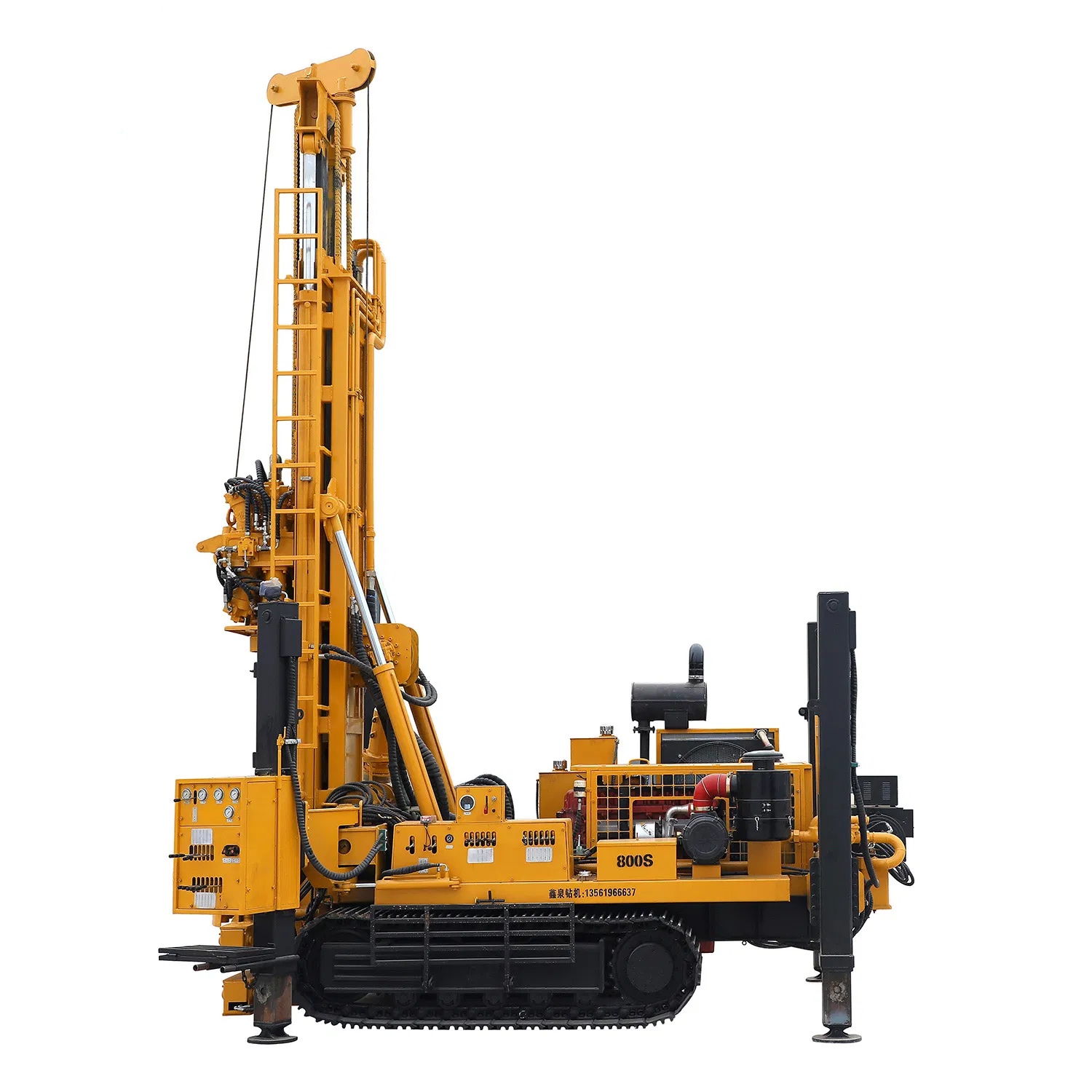How Deep Can a Typical Water Well Drilling Rig Drill?

Q: I need a water well for my farm, but I’m unsure how deep the rig can go. What’s the typical range, and what affects drilling depth?
First, rig power and design: Lightweight auger rigs or portable percussion rigs are limited to 100–300 feet, suitable for shallow aquifers in soft soil. Medium-duty rotary rigs, often truck-mounted with hydraulic systems, can reach 500–1,500 feet, handling harder rock and deeper aquifers. Heavy-duty industrial rigs, used for municipal or agricultural projects, can drill 2,000–10,000 feet, requiring advanced engines, stronger drill pipes, and specialized bits.
Geology is another key factor. Soft soil (clay, sand) allows faster, deeper drilling, while hard rock (granite, limestone) slows progress and may limit depth unless the rig has high torque and pressure. Fractured rock or boulders can also complicate drilling, increasing wear on equipment and reducing effective depth.
Aquifer location is critical. If water is found at 300 feet, there’s no need to drill deeper. However, in arid regions like the American Southwest or parts of Africa, aquifers may lie 1,000+ feet below the surface, demanding rigs with greater depth capacity.
Regulations also play a role. Some regions restrict well depth to protect groundwater sources or prevent contamination, limiting how far drillers can go regardless of rig capability.
For your farm, a medium-duty rotary rig can likely reach sufficient depth. A professional driller will conduct a site assessment, including geological surveys and nearby well data, to estimate the required depth and recommend the right rig.
 邦欣鑽機
邦欣鑽機